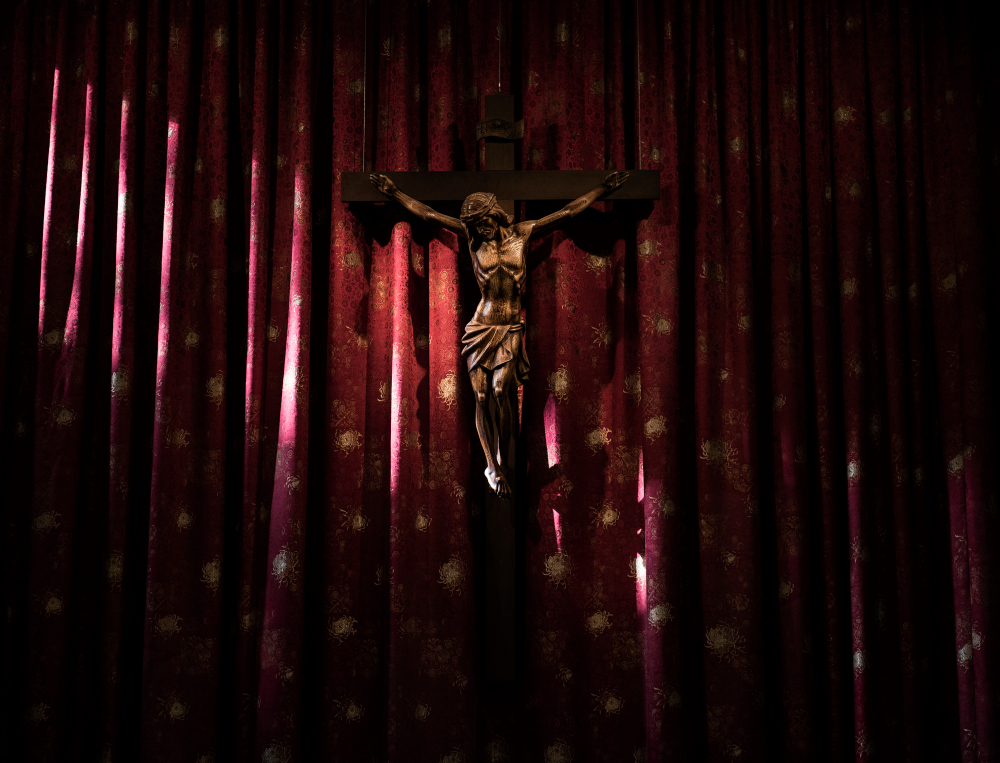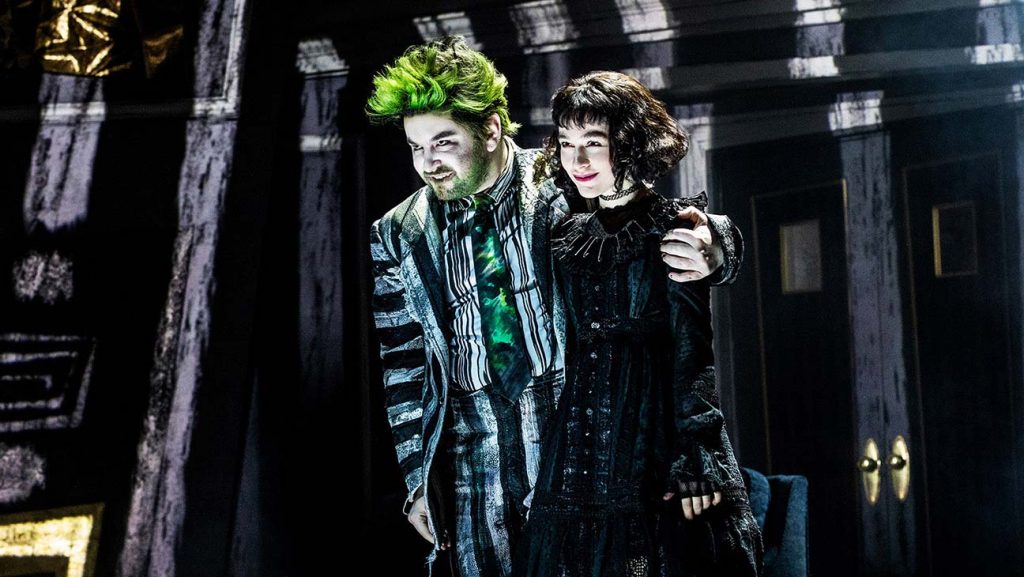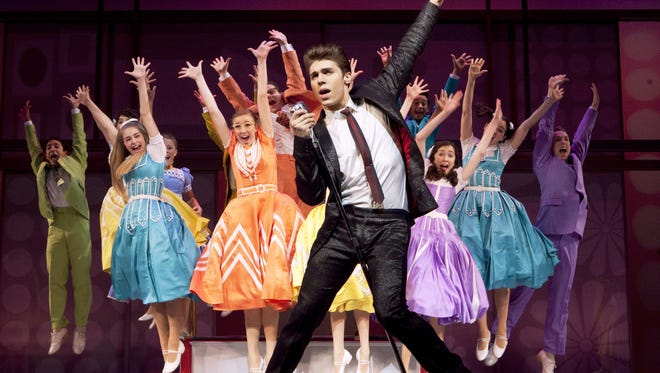
An Exploration of The Holy Theatre
The Holy Theatre, a term coined by Peter Brook in his seminal text The Empty Space, delves into the realm of ritual and the holy in contemporary theatre. This article will explore what the Holy Theatre is and how it differs from other forms of theatre, as well as examining the works of influential theatre figures such as Antonin Artaud and Jerzy Grotowski.
The Holy Theatre: Making the Invisible Visible
The Holy Theatre is not about religion, but rather an experience. It is a form of theatre that aims to reveal what is invisible, such as human consciousness and states of being – things that normally escape our senses. As Brook defines it, the Holy Theatre is “the Theatre of the Invisible – Made – Visible.”
The Loss of Ritual and Ceremony in Theatre
In contemporary theatre, Brook argues that we have lost all sense of ritual and ceremony. We clap our hands mechanically because we do not know what else to do, and we are unaware that silence is also permitted and good. In the theatre, we shy away from the holy because we do not know what it could be.
Antonin Artaud and The Holy Theatre
Antonin Artaud was a 20th-century theatre figure who investigated ritual and the holy in his writings, rehearsals, and performances. Artaud described a Holy Theatre in which the play or event itself stands in place of a text. He believed that only in the theatre can we liberate ourselves from the recognisable forms in which we live our daily lives. This made the theatre a holy place in which a greater reality could be found.
Jerzy Grotowski and The Holy Theatre
Jerzy Grotowski was another visionary theatre figure who investigated ritual and the holy in his works. He believed that theatre should not be an end in itself, but rather a means for self-study and self-exploration. In his theatre, there was a similar relationship between actor and audience to the one between priest and worshipper. This theatre was holy because its purpose was holy; it had a clearly defined place in the community and responded to a need that churches could no longer fill.
Holy Theatre: Staging Consciousness
The Holy Theatre is concerned with making things that are invisible to us visible through the language and technologies of theatre. It can be contrasted with the master current of realism or naturalism, which is concerned with staging social issues. Although the hallmark of this tradition of theatre is an aspiration to transcendence, the word “holy” can be a misnomer, for this course is not studying religious drama. Instead, “holy” should be imagined as a way of seeing theatre: creating and attending theatre as if it were a holy rite, a communal passage into the mysteries of life, rather than a venue for entertainment or political debate.
The Holy Theatre is a form of theatre that goes beyond the visible and tangible, aiming to reveal what is invisible and intangible. It is a communal experience that aims to create a sense of ritual and ceremony in contemporary theatre. The works of Artaud and Grotowski are important touchstones for understanding the Holy Theatre and its place in contemporary theatre.






